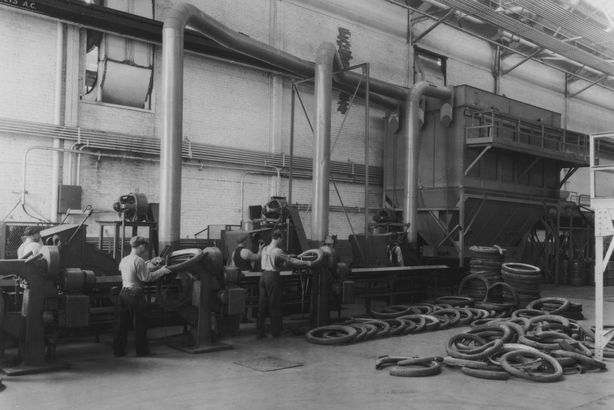
1920s: The Automation of Work
Despite being a time of change and breakthroughs, the 1902s also triggered fears over the impact of machinery on jobs. Many people in those days were afraid that the new devices and technologies for mass production would completely replace human workers.
“While making work more routinized, more alienating, mass production also led to increased wages,” historian Chip Rhodes explains. “Henry Ford realized that he had to pay workers a wage that would enable them to be both workers and consumers. Long-term, it has gradually led to the disappearance of stable jobs that paid livable wages for workers.”

2020s: The Automation of Work
Today, the fear of being replaced by machines, also called technophobia, is still present in people’s minds. “Fears about technology, and certainly fears that technology will destroy our jobs, have been with us for as long as jobs have existed,” says Carl Benedikt Frey, co-director of the Oxford Martin programme on technology and employment at Oxford University.
Today’s fears center on robots and artificial intelligence which are already taking on many tasks that were once carried out by middle-skill occupational workers.
However, according to SEO consultant and writer for the Budgeting Couple Bobby Warren, “by giving services like Charlie or Trim secured, read-only access to our bank and credit card accounts, they can scan our transactions, see what we are paying, and compare it with a database of users to see if we are overpaying,” says Warren. “Look at what AI-based robo advisors are doing in the investment world. The amount of assets under management is estimated to be less than $1 trillion right now, but it is expected to rise to $2.2 trillion in the early 2020s.”








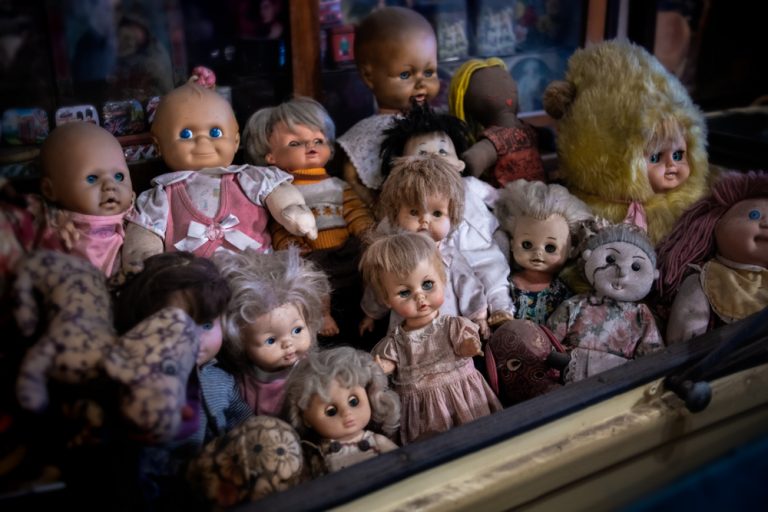

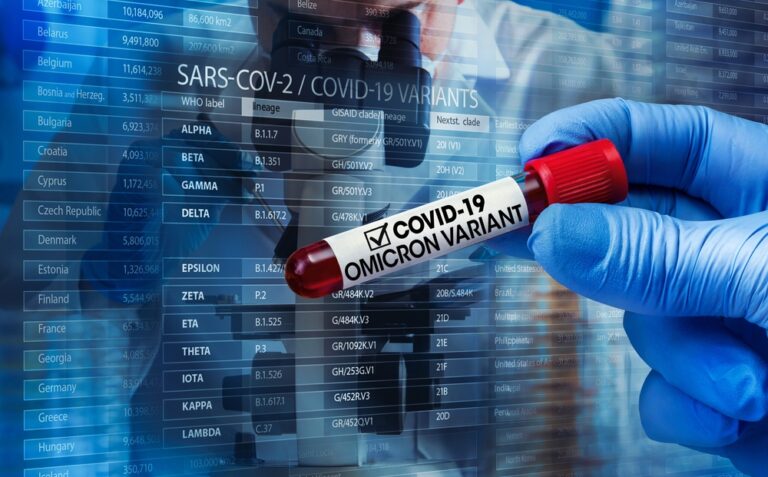





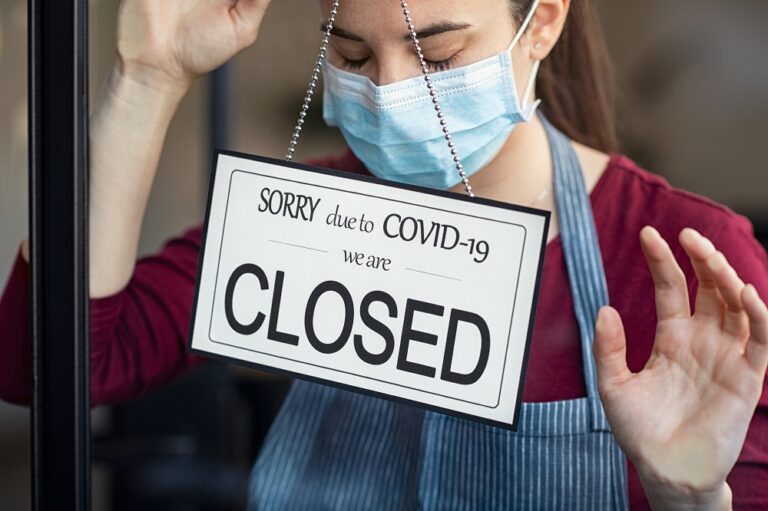

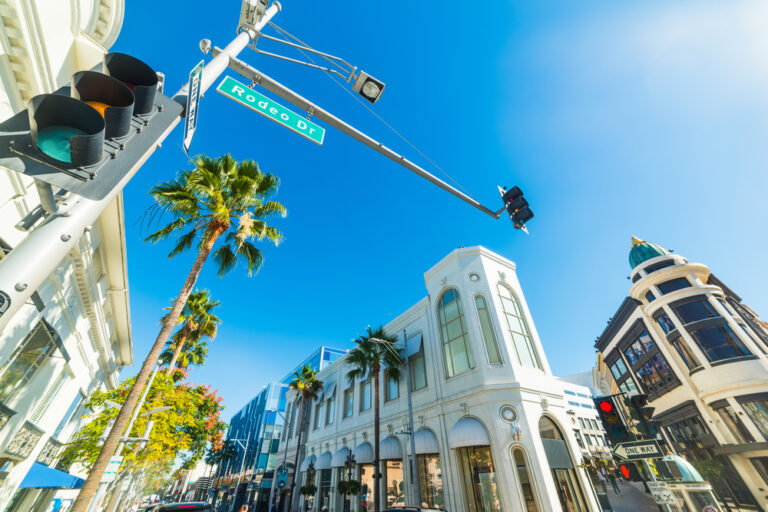







1 thought on “1920 vs. 2020: What’s Changed and What Hasn’t in 100 Years”
It amazes me that some people think it is a hokes . They refuse to ware masks in public. I don’t like it but I have enough respect for all people to not possibly endanger others.